Art can be expensive.
As a sculptor of young minds, whether a school teacher or a homeschool parent, you need ideas that fit snugly within your budget. That’s why projects that upcycle common household objects such as paper towel tubes, popsicle sticks and pie tins are such a staple of today’s organized art programs. If you teach from home, it’s a simple process to collect these materials over time. In a school setting, prepare children well in advance: send reminders home often to collect the items you’ll need to teach the three following art techniques:
1. Creating Texture
It’s fun, easy and nearly free to help kids learn about texture. You’ll need to purchase enough air-dry clay to allow each student at least a baseball-sized amount, but the rest is up to the students. Have each child fill a zipper baggie with found items from home – anything that has a texture. Old buttons, fabric or lace, refrigerator magnets, and spoon handles all make ideal tools for students to practice their texturing skills. Roll the clay flat so it dries faster, then set children loose to see what they can do. Supplement the lesson with books or videos on texturing or Impressionism to meet Common Core Requirements.
2. Understanding the Color Wheel
Using poster paints and a large piece of poster board, have children paint the biggest color wheel they can. Ensure that colors are accurate. Talk about primary, secondary and tertiary colors. Point out which colors are complementary and which are analogous. Then challenge students to bring in colorful items to glue onto the wheel. Each item should be something small, like a bottle cap or a barrette, and each should be a solid color. Students will sort their items and glue them onto the wheel where they would actually fit. Talk about how artists such as Matisse utilized color in their works.
3. Differentiating Between Shape and Form
At their most basic, shapes exist in two-dimensions, or flat. Forms exist in three dimensions. Plan a project that allows students to turn flat materials into dimensional ones by making paper beads. Shape to form — it’s an easy concept to teach when students begin with flat strips torn from colorful magazines or art papers, wind them around pencils, and add a layer of decoupage medium. Once dry, students can use their beads to make necklaces, bracelets and more.
Creativity should never suffer simply because finances are tight. Enlist the assistance of parents, neighbors and friends to help your students find most of the materials needed to explore the fascinating world of art, hands-on. For the rest, trust Classroom Direct.

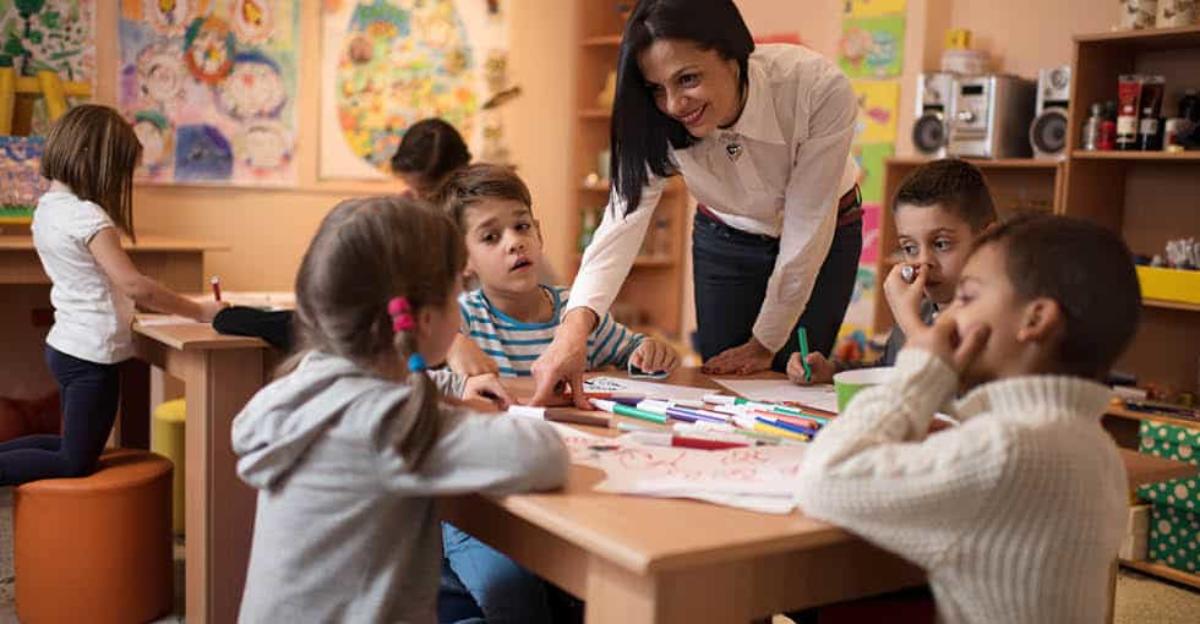
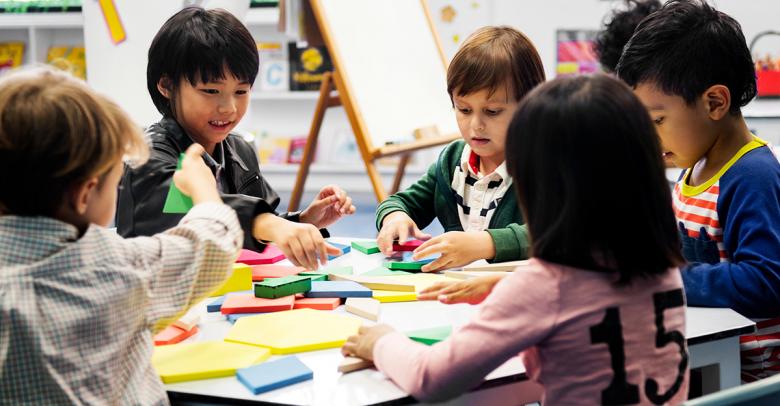
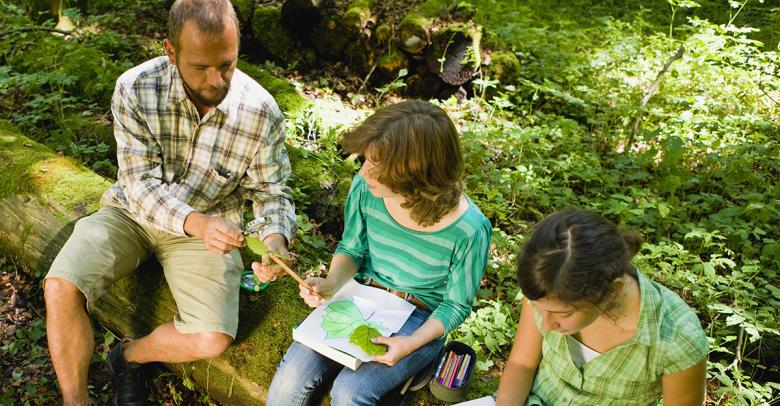
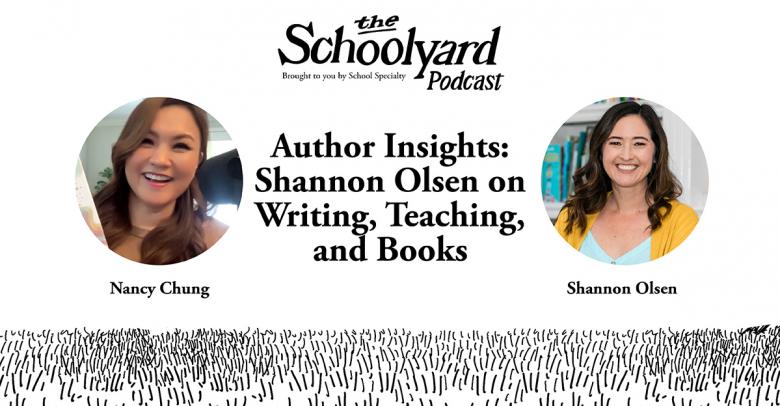
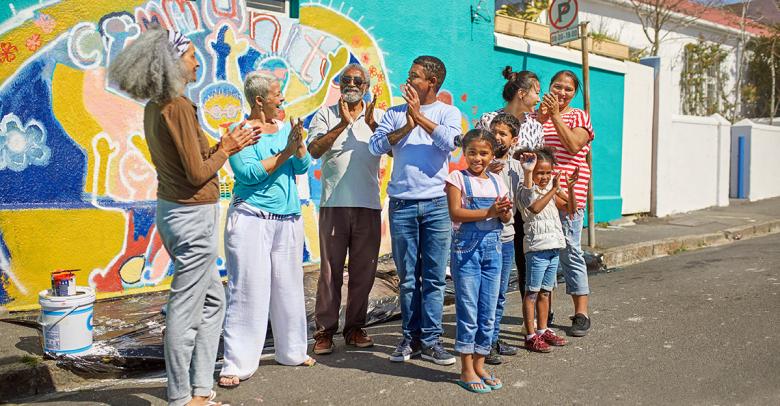
Leave a Reply